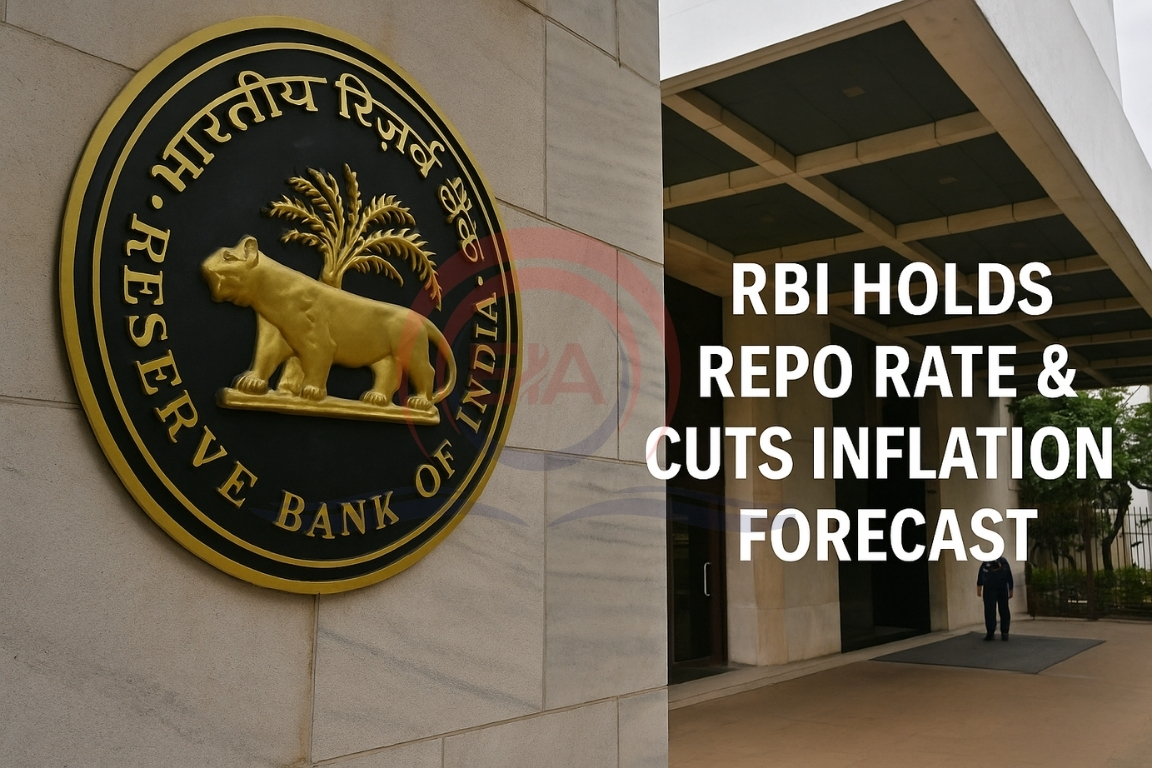In its recent Monetary Policy Committee (MPC) meeting, the Reserve Bank of India kept the repo rate unchanged at 5.50%, while lowering its inflation forecast due to a sharp drop in consumer prices.
Why in News
- The RBI decided to pause rate cuts after CPI inflation dropped to 2.1% in June 2025, the lowest in six years.
- RBI also revised its inflation projection for FY26 to 3.1%, within its target band of 2%-6%.
What is the Repo Rate?
- Repo Rate: The rate at which RBI lends short-term money to banks.
- Acts as a key tool for managing inflation, liquidity, and economic growth.
- Lower repo rate makes borrowing cheaper, encouraging credit flow and spending.

About the Monetary Policy Committee (MPC)
- Established under the RBI Act, 1934, amended in 2016.
- A 6-member body: 3 members from RBI (Governor chairs it), 3 external experts appointed by the government.
- Decisions made by majority vote; RBI Governor has a casting vote in case of a tie.
Flexible Inflation Targeting Framework (FITF)
- Adopted in 2016 to maintain price stability while supporting growth.
- Current inflation target: 4% (±2%), set till March 2026.
- Focuses on Consumer Price Index (CPI) as the key indicator.
Why Did RBI Keep Rates Unchanged?
- Sharp decline in inflation, especially in vegetables and cereals.
- RBI had already cut the repo rate by 100 basis points in early 2025.
- RBI wants to assess the full effect of earlier rate cuts.
- Global risks: oil price volatility, US trade policies, geopolitical tensions.
Way Forward
- Monitor price trends, especially food and fuel, which can be volatile.
- Continue structural reforms in sectors like agriculture, logistics, and labour to keep inflation under control.
- RBI’s neutral policy stance gives it flexibility to respond to changing global or domestic economic conditions.
Conclusion:
By keeping rates unchanged, the RBI aims to balance inflation control with economic growth while staying ready to act if global or domestic risks arise.



